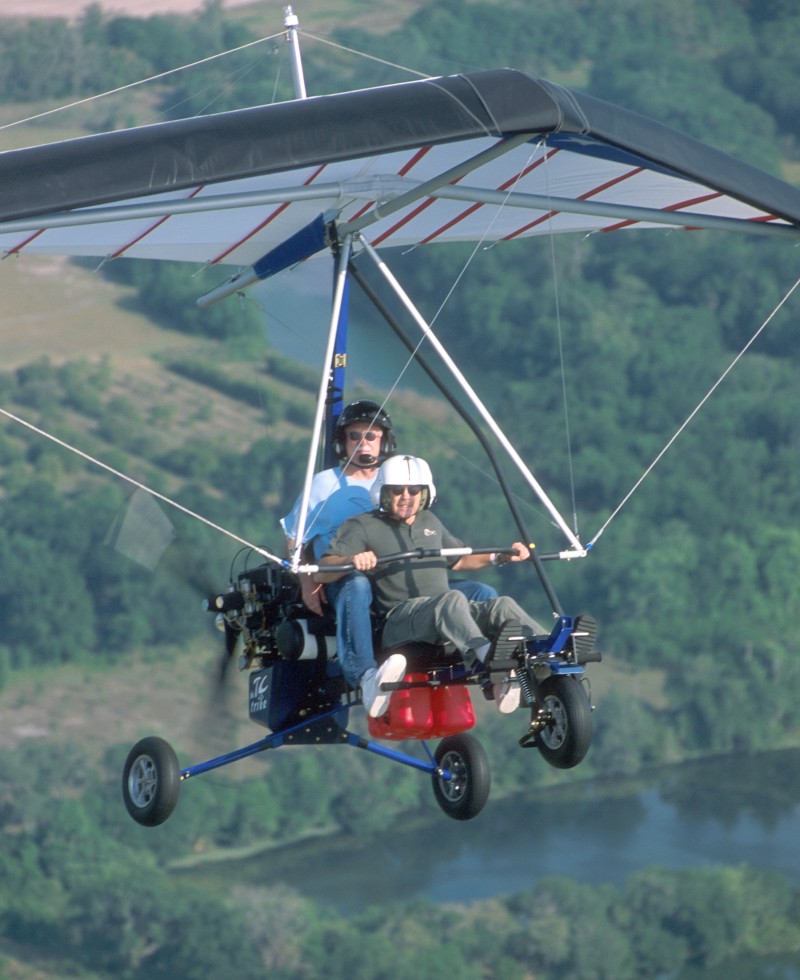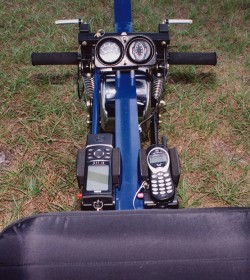
The itch returned. In truth it never left, says TC’s Trikes owner TC Blyth. “I was a hang glider pilot 20 years ago and when the time was right, I wanted to jump back in,” says Blyth. But instead of returning to hang gliding, trikes are the machines Blyth chose to reinvigorate his flying. A Chattanooga, Tennessee native, Blyth’s familiarity with tailless delta wings stimulated him to get involved with trikes. After his earlier time enjoying hang gliding, family and work responsibilities “interfered” with this enjoyment for many years. Many ultralight enthusiasts can understand this situation. In the interim Blyth took up fishing, but he says, “Stumbling around among rocks in moving water had hazards, too. You can trip and fall, and drown.” While he enjoyed fishing, he figured the risks of flying weren’t overwhelming and he itched to fly again. Blyth started by representing Sabre Aircraft and reports selling many trikes for the Southwestern company.










